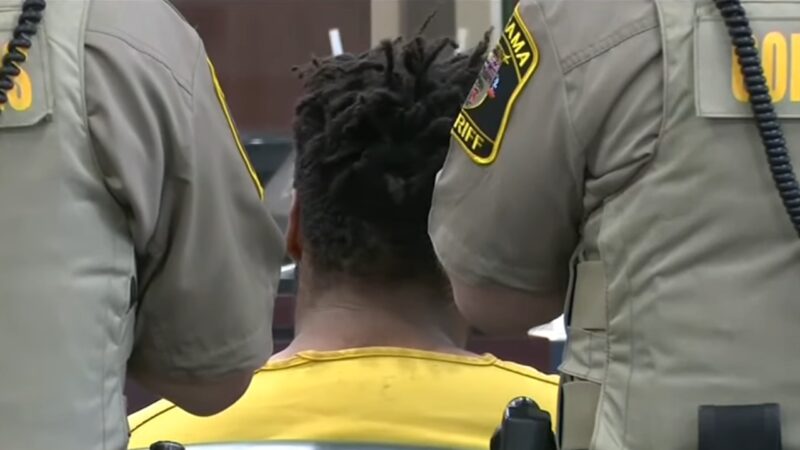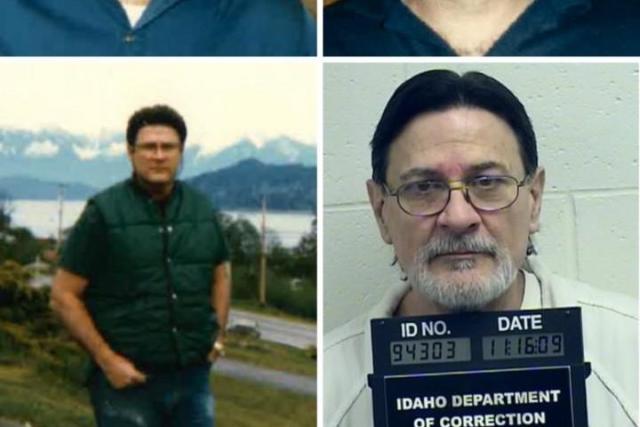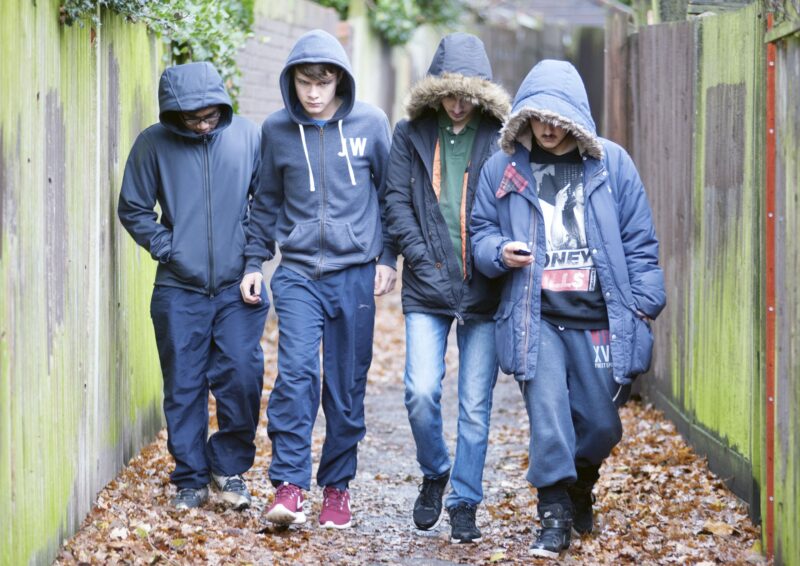Some video evidence in criminal cases is a powerful tool. Its a tool that can help to establish important facts, provide context, and corroborate witness testimony.
But how hard can it be to present video evidence in court?
Something you’re going to have to get used to if it in any way aligns with your job responsibilities
The good news is that the process gets much easier once you have a tried and proven system in place.
Don’t worry – we’ll teach you everything you need to know!
While taking raw video as evidence is the most important factor, it must be said that it is possible to edit that particular video.
If you are interested in looking at some tools you can use to do it, you can give this a go.
Surely, there is some potential for videos to be misused in this case.
However, we must say it is possible to do some editing.
Ready?
[su_note note_color=”#2284C3″]“While video evidence can be persuasive, it is important to remember that it is just one piece of the puzzle and must be considered in the context of all the other evidence in the case.” – Michael Brown, “Balancing the Use of Video Evidence in Criminal Trials”[/su_note]
The Types of Video Evidence You Can Use
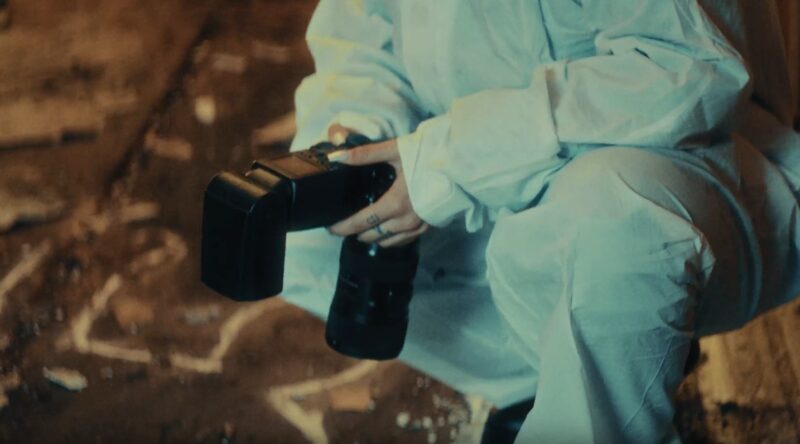
First off, it’s key to know what kind of video evidence can help your case.
Think of it like choosing the right tool for a job.
Here are the main types you should know about:
- Demonstrative Videos: Imagine catching a burglar on tape. This type shows something happening, plain and simple.
- Testimonial Videos: This is when someone talks about what they saw. It’s like a witness telling their story, but on video.
- Documentary Videos: These could be videos of documents or evidence that’s crucial to the case. Think of it as the paper trail but in a digital format.
- Real Depictions: This is raw footage of the crime scene or evidence, like a broken window or the actual weapon used.
Keep It Real
Editing can be a double-edged sword. It’s great for highlighting the important parts but be careful not to twist the story.
Courts are super sharp at picking up edits that might skew the truth, especially when it messes with the timing or sync of the video.
Beware of Potentially Inadmissible Evidence
Some videos might not be cut to be shown in court.
Like, if a video only has someone talking about what someone else said (that’s hearsay), or if it’s just dragging without adding value to the case.
Courts also frown upon expert testimonies that don’t bring the expertise.
How to Ace Presenting Video Evidence in Court
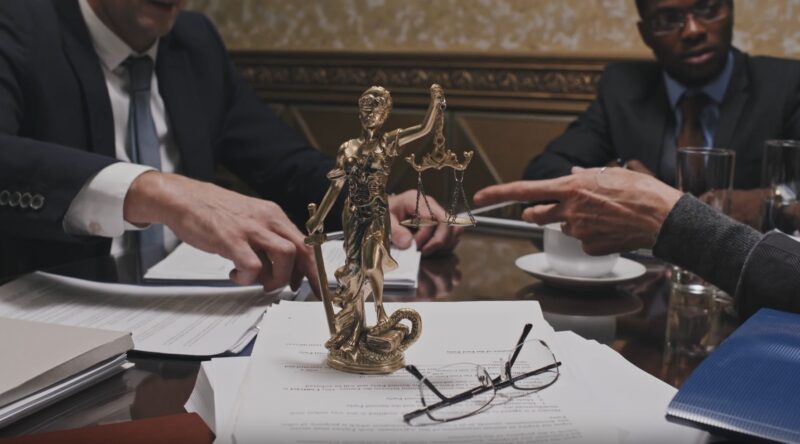
Alright, let’s get to the good stuff. Here’s a distilled version of the steps to present your video evidence like a pro.
[su_note note_color=”#2284C3″]
- Know the Rules: Every court has its playbook. Make sure your video plays by those rules.
- Check the Quality: Make sure the video is clear enough to show what you need it to.
- Verify Authenticity: You need to prove the video is legit and hasn’t been tampered with.
- Maintain the Chain of Custody: Show that the video has been safely handled from the moment it was recorded till it gets to court.
- Bring in the Experts: Sometimes, you need a tech whiz to testify that your video is the real deal.
- Prepare for Playback: Make sure the courtroom has the right setup to show your video without a hitch.
- Know Your Video: Be ready to explain what’s in the video and why it’s important for your case.
- Get the Green Light: Lastly, you need the court’s approval to show the video to the jury.
[/su_note]
Summary
Video evidence plays a very relevant role in courtrooms today.
Editing such content is possible, but it’s crucial to understand the rules and potential pitfalls. By following the right steps, you can effectively present video evidence in court.
Here, you can see all the things you should know regarding editing this sort of content that is about to be major evidence.
Sources
https://www.indeed.com/career-advice/career-development/different-types-of-evidence
https://bja.ojp.gov/sites/g/files/xyckuh186/files/media/document/final-video-evidence-primer-for-prosecutors.pdf
https://www.lexisnexis.com/community/insights/professional/b/industry-insights/posts/consequences-of-sharing-misinformation
https://www.kanialaw.com/criminal-defense-lawyers/how-is-video-evidence-in-criminal-cases-in-oklahoma-used
https://blog.vidizmo.com/5-tips-on-how-to-present-video-evidence-in-court
https://michaelbrownlaw.net/criminal-defense-lawyer-conviction-in-murder-trial-with-videotaped-interrogation/



